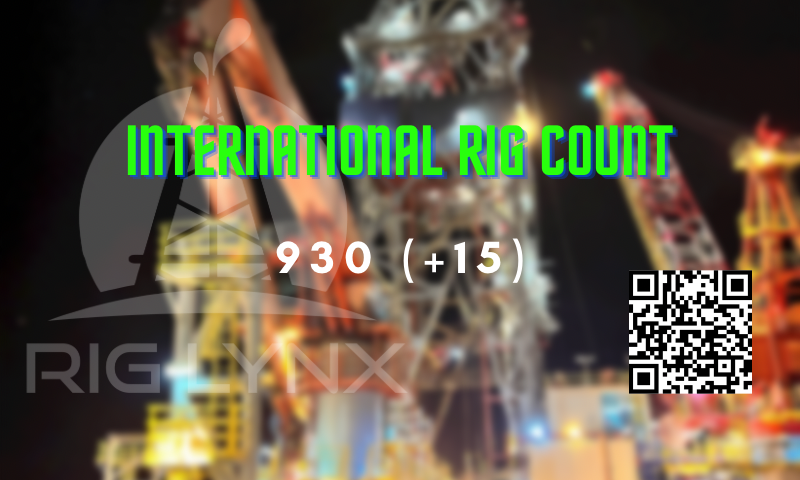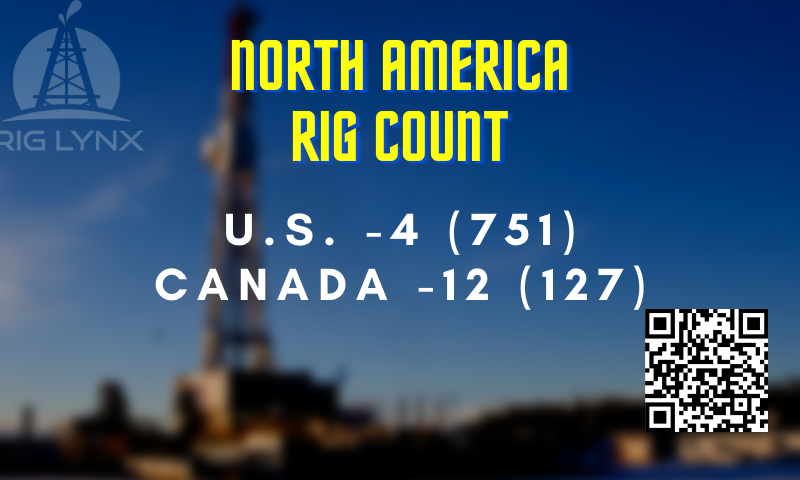
A complex quandary is currently happening in the Permian Basin. Basis-differentials. In the energy sector, a basis-differential represents the difference in prices between locations. For example, the price received by a producer for a barrel of oil sold in Cushing, Okla., the WTI benchmark, is approximately $65. The price paid to sell that same barrel of oil in Midland, Texas in the heart of the Permian Basin is $56. So, the differential between these two pricing points is approximately $9 per barrel. For perspective, the average Permian Basin differential was 37 cents in the first quarter of 2018 according to Bloomberg. The average differential for the second quarter is almost $8, while the current differential is over $9 per barrel.
Why is the differential widening? We believe there is simply not enough infrastructure to transport the increasing supply of oil being produced by Permian Basin producers. The differential expands until more expensive forms of transportation such as trucks and railroads rather than pipelines are used to transport oil away from the Permian. How long will the differential last? It’s likely to last until new pipeline infrastructure becomes operational in our view. In this case, the differential likely persists for at least 18 months until two large oil pipelines operated by EPIC and Plains All American become operational in late 2019.
Will the differential get worse? Yes, we think the differential widens out especially during the first half of 2019. Permian Basin production is slated to grow. In our opinion, railroads are not an option to transport crude oil as most railroads fully contracted transporting sand into the Permian Basin for the fracking process. Trucks need truck drivers and there is a labor shortage in the Permian Basin making trucking oil a less viable option as well.
So, what happens next? We believe it is likely that Permian Basin oil production growth likely slows allowing the infrastructure specifically pipelines to catch-up. It’s possible that 2019 Permian Basin production growth could be 300,000-400,000 barrels per day lower than current forecasts. This is temporary, and we still believe that the Permian Basin will be the key driver of U.S. production growth for decades. Are there winners and losers? Yes, we think the clear winners are refiners that are able to buy crude oil at discounted prices in Midland. These refiners experience expanded margins resulting in higher EBITDA and earnings. Energy infrastructure companies that own existing infrastructure can benefit from rising basis differentials as well. The losers in our opinion are Permian producers that have not committed production volumes to pipelines. These producers receive a discount to WTI oil prices. As this discount gets even larger, these producers are the ones that likely reduce capital spending and temporarily slow production growth.



